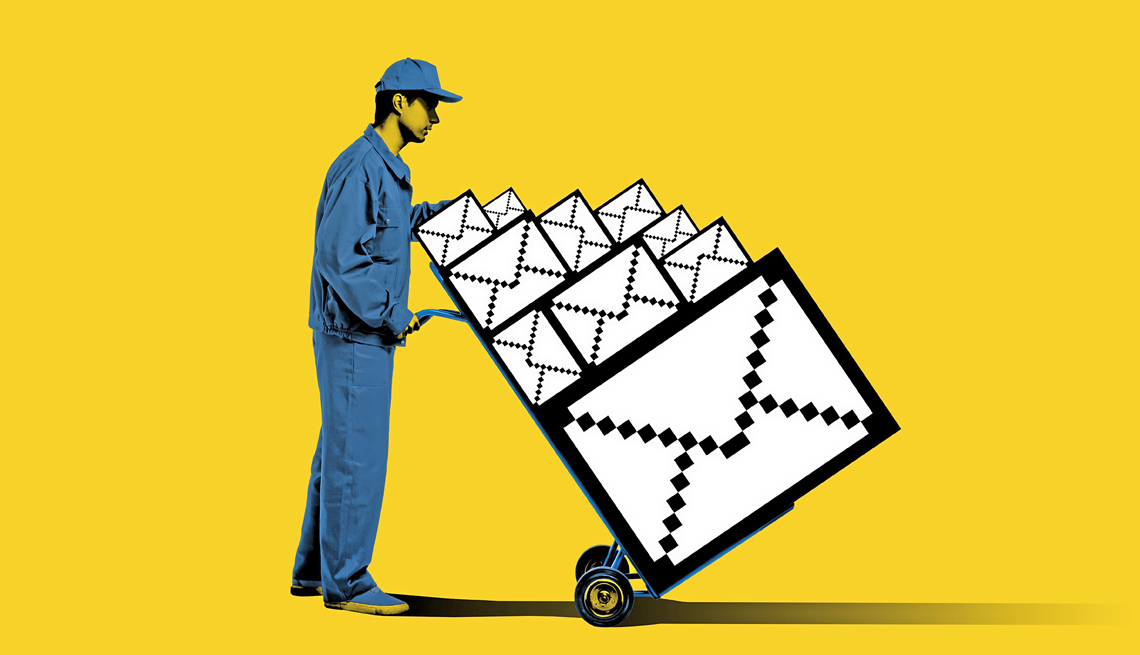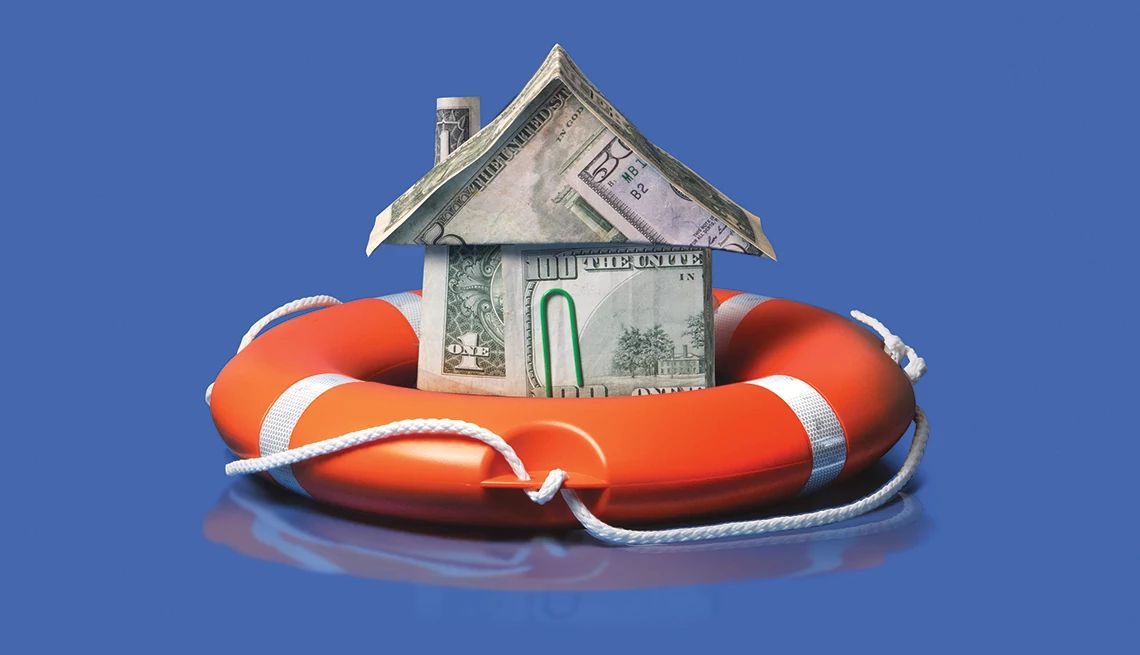
- Select a language for the TTS:
- UK English Female
- UK English Male
- US English Female
- US English Male
- Australian Female
- Australian Male
- Language selected: (auto detect) - EN
Play all audios:
Then comes this potentially time-consuming task: Make a list of every important contact who may have your old email address and try, either by phone or online, to update your info with them.
This includes banks, credit card companies, health care providers, landlord, loyalty accounts and utility companies. Review a few months of old emails to see if you’re forgetting anyone
important. Next, set up an auto-reply on your old account, while it’s still open, to give info about your new address. This is a backstop of sorts, reminding people who forget to use your
new address as well as those you neglected to inform. 3. DELETE EMAILS FROM OLD ACCOUNT Keep your old account open for at least three months after launching your new address if you can,
Jones says. This will ensure you don’t miss important communications during the swap. While both accounts are open, go through old emails and forward those you may need to your new address,
then delete all of the messages and folders on the old account, he says. That limits potential hackers’ access to your personal information. If this seems like too much hassle, many free
email services have tools to let you import your entire email inbox to your new account. Then you can delete all the emails from the old account at once. 4. CLOSE YOUR OLD EMAIL ACCOUNT Be
sure to close the old email account eventually. “An unmonitored email account is literally a playground for a digital attacker,” Jones says. That’s particularly true if you haven’t cleared
out what’s there. Emails can provide a wealth of personal information, including names of family members and their contact information, a list of the doctors you use, account numbers for
utilities, limited banking information and anything shared in outgoing emails since you opened the account. Hackers can use that data to assume your identity, then contact friends and family
for a variety of nefarious reasons. “If you are no longer using an email account, don’t just abandon it,” says Jesse Kinser, chief information security officer at Pathwire, an email
marketing company. “There is always a way to cancel the account, just as you would do for a credit card you no longer use.” THREE EMAIL ALTERNATIVES Though email continues to be highly used,
other communication tools are growing in popularity and are less prone to junk mail and spam. Here are three popular alternatives. TEXT MESSAGES. Sure, this mobile phone platform has been
used for personal notes for almost 20 years, but many businesses are now turning to text messages more for professional communication with customers. SLACK and other team collaboration apps
like it — including Google Chat and Microsoft Teams — are nearly ubiquitous office communication tools in the United States, but they can also be used for personal communications, especially
for groups, like your fantasy football league or a community association. Salesforce, a customer management app for businesses, owns Slack. WHATSAPP and other messaging apps like it work on
mobile devices and desktop computers and are a good option for group chats. Longer messages are legible, and attachments are easy to send. Facebook parent Meta owns both WhatsApp and the
next most popular messenger app, Messenger. _— Gabriel Baumgaertner_









